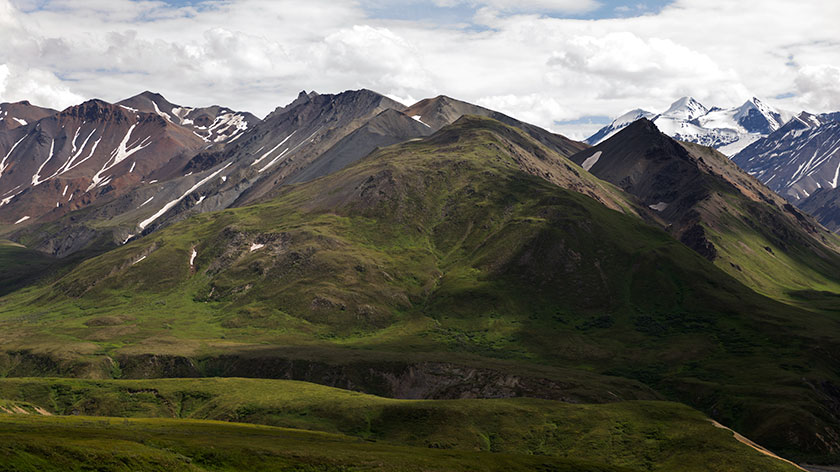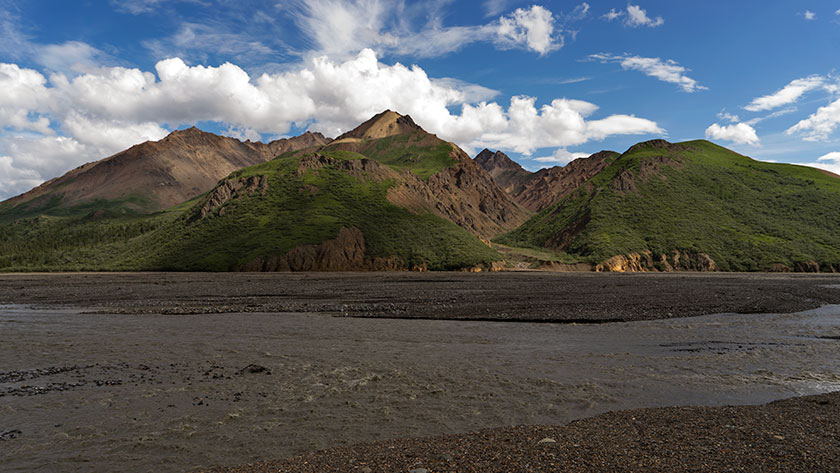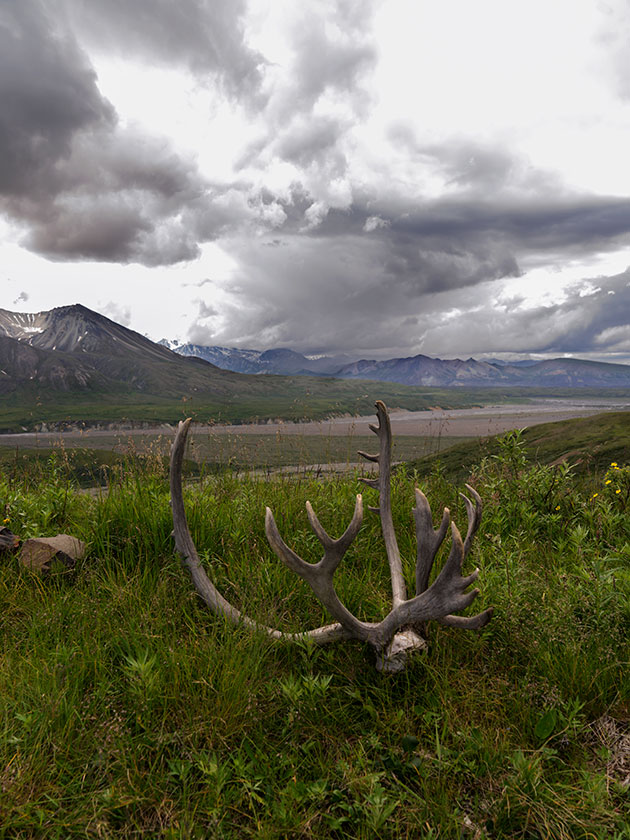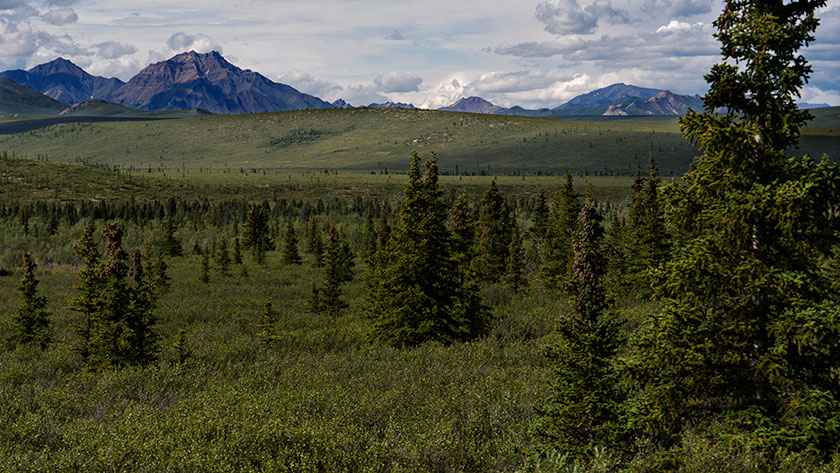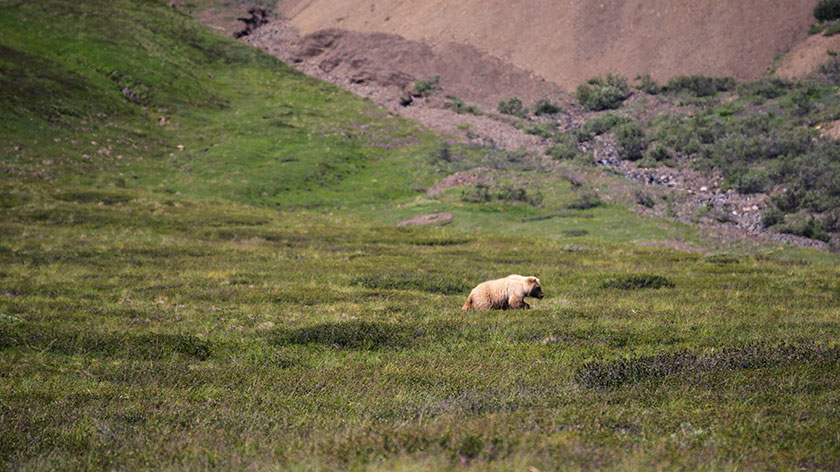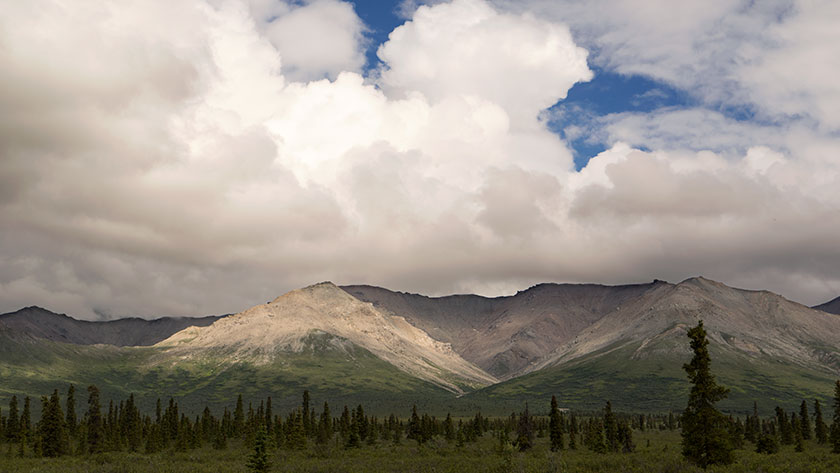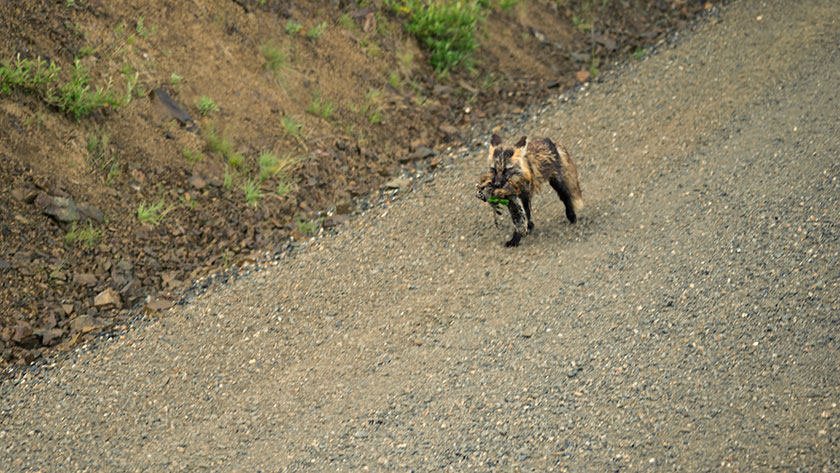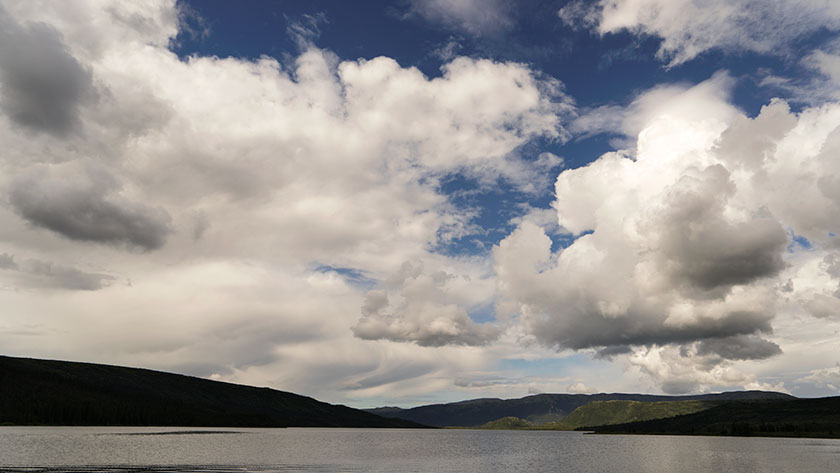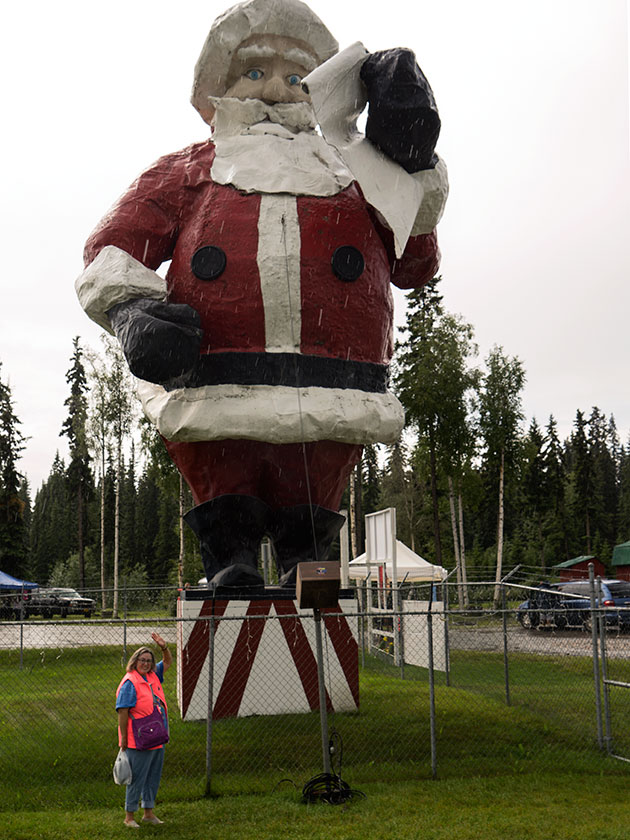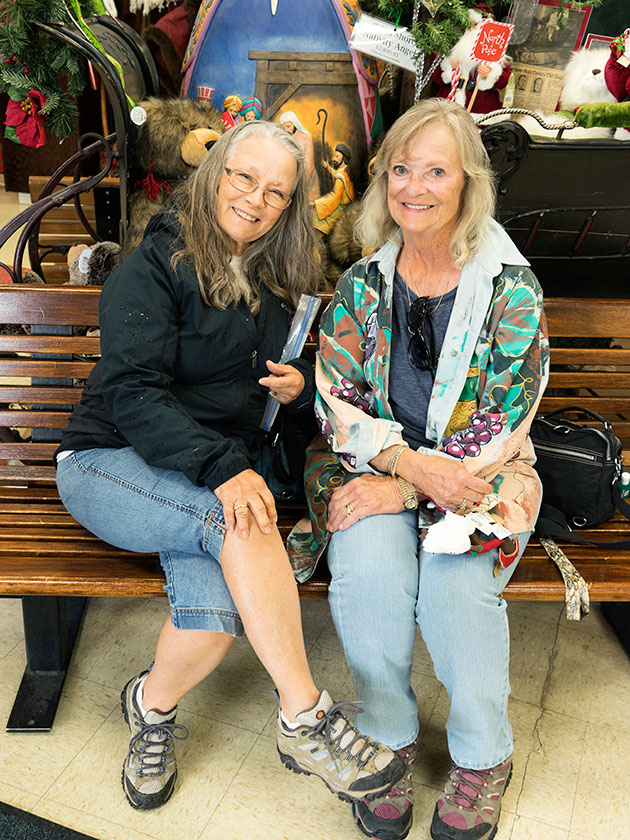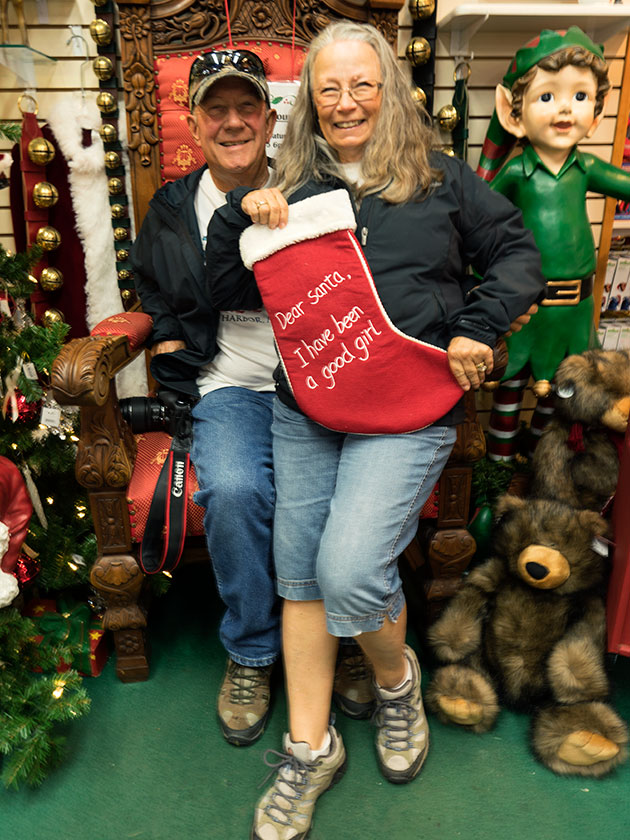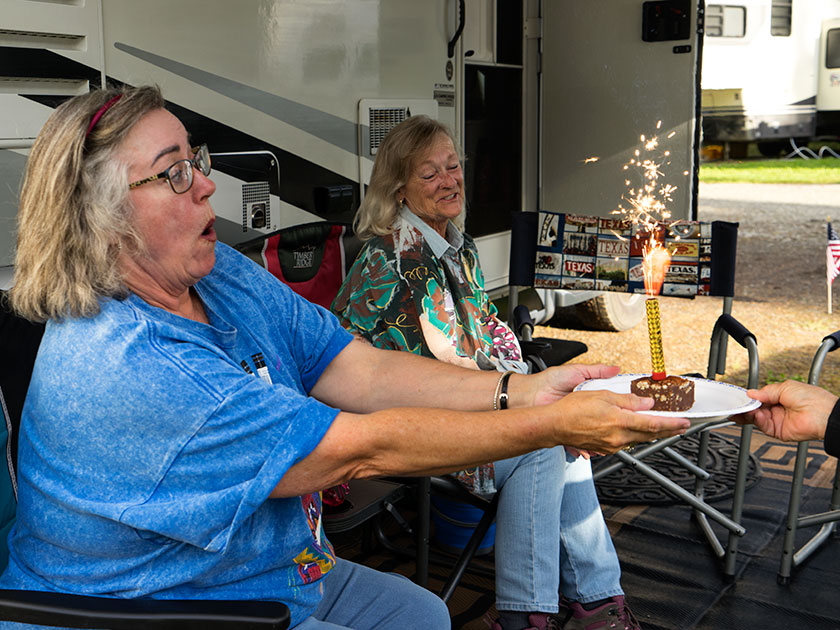We’ve been forced to modify our plans. Anne and I had to leave the gang behind and go on to Palmer, a town north of Anchorage. That means skipping over a stop where we could have spent more time near the park. We will be here for a week, and Fred, Deb and Sally will catch up with us in a couple of days.
Fritz has been acting up ever since Montana. Whenever we would turn the key to start the engine, it didn’t react quite right. It has gotten worse. Now, we have to say a prayer, then perform yoga and hold our tongue just right to get him to start in the morning. That’s when the problem is the worse.
Since we carried some tools, and the internet, we narrowed the problem to either the lock that prevents the truck from starting when it isn’t in park or the ignition switch. There are only two qualified shops in Alaska that could fix it. An independent shop here in Palmer, or the only dealer in Anchorage, or the state for that matter.
When we got to town and set The Ritz up, we drove to the independent shop, where they confirmed it was the ignition switch/steering lock-out mechanism. They can’t fix it, because the part has to be programmed specifically for Fritz, and they don’t have the electronics to do that, I have to take it to the dealer tomorrow. Cha ching! Even the electronic key needs re-programming. We don’t have a choice, either we drive it in tomorrow or drag it in on a hook from who knows where.
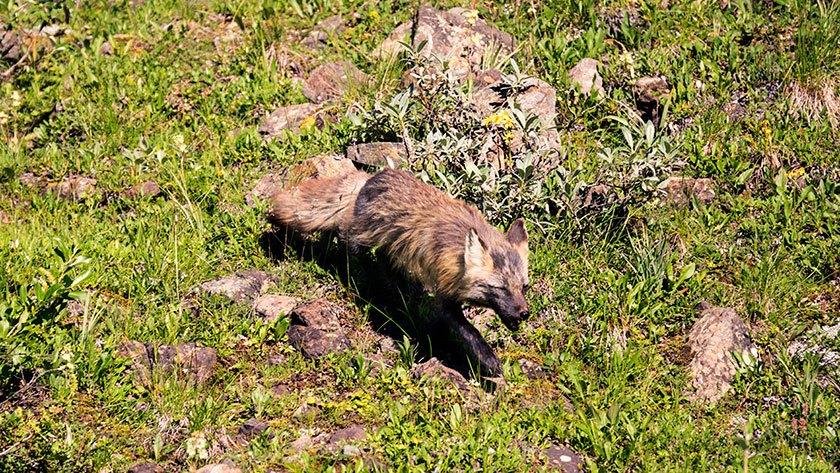
There is some good news however. Most things that come into Alaska, come in through Anchorage, and most of Alaska’s fresh produce is grown here in the Matanuska-Susitna Valley. At the store today, tomatoes were 2.49 a pound instead of the five bucks apiece we’ve paid since we left the states. Even better, there is a variety of produce in Freddy Meyers, so we can save our canned goods for on the road.
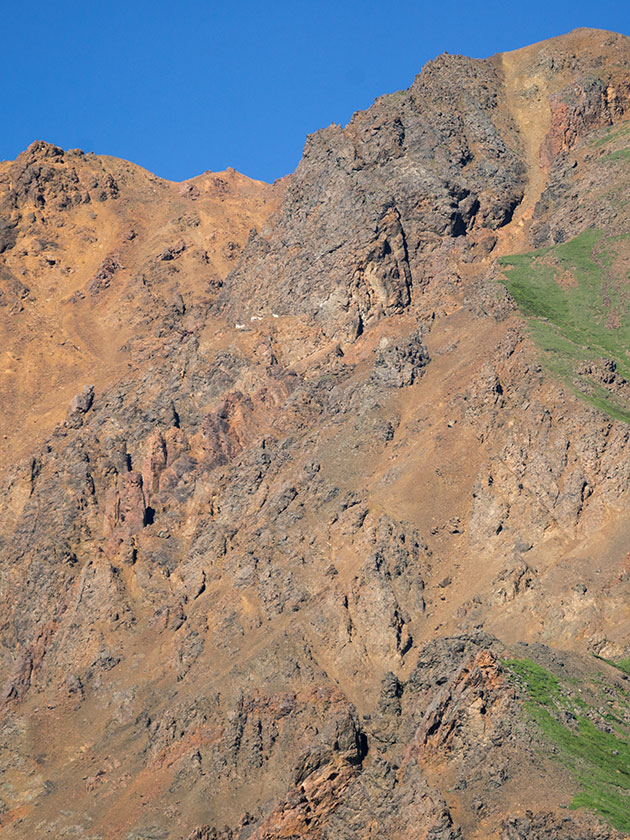
Once I get car things settled, I may get to try some salmon fishing. The rivers run clear here and salmon are in the streams. That’s quite different from the park where the glacial rivers are sterile because of the silt runoff. I’ll have to keep my eye out for bald eagles. If they’re around, there is fish near.
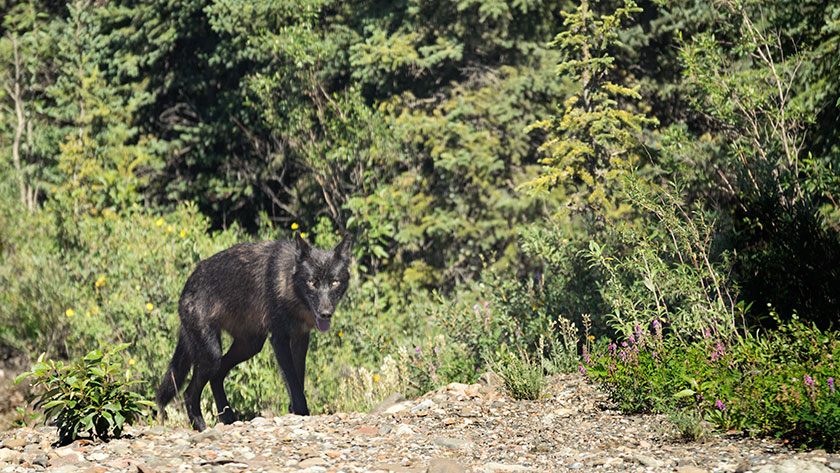
I’ve processed a couple of photos from yesterday’s bus trip, and I want to share them with you. I hope you like them, I’m sure that you don’t want to see the inside of a garage (OK, I know a couple of you might), so I will be away from my camera for a day or so when we’ll get to check out Anchorage (and the Costco store).
jw

